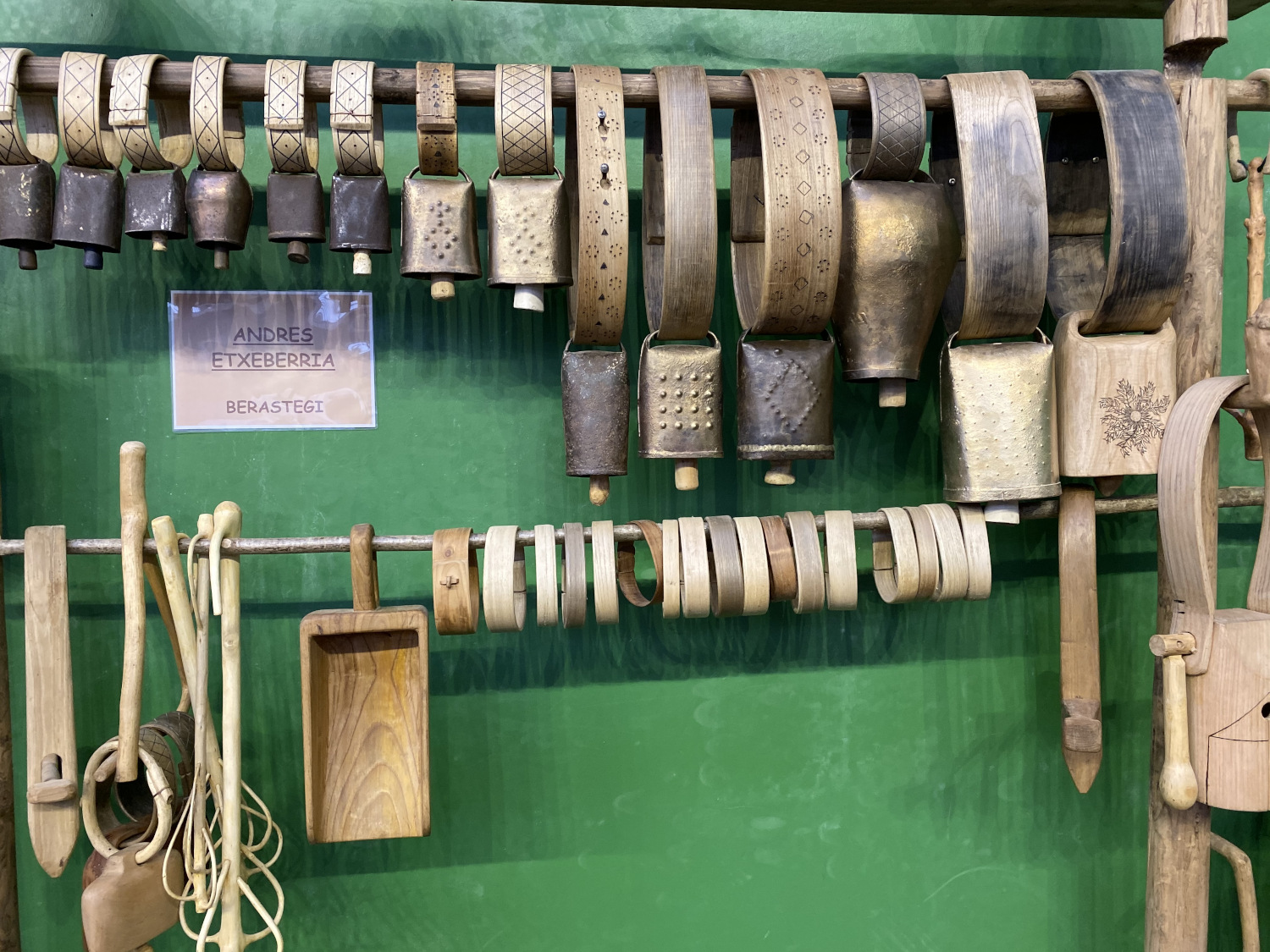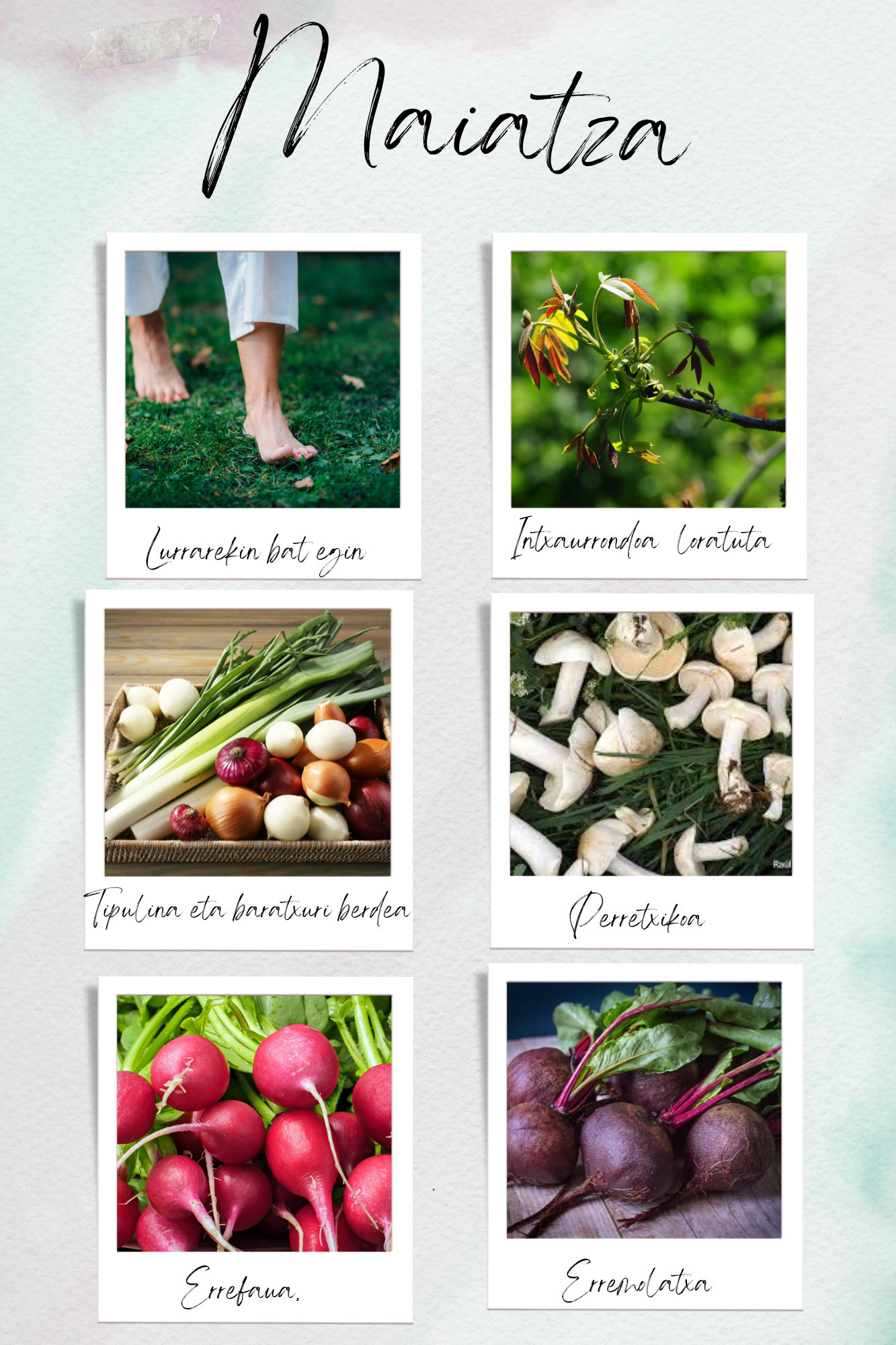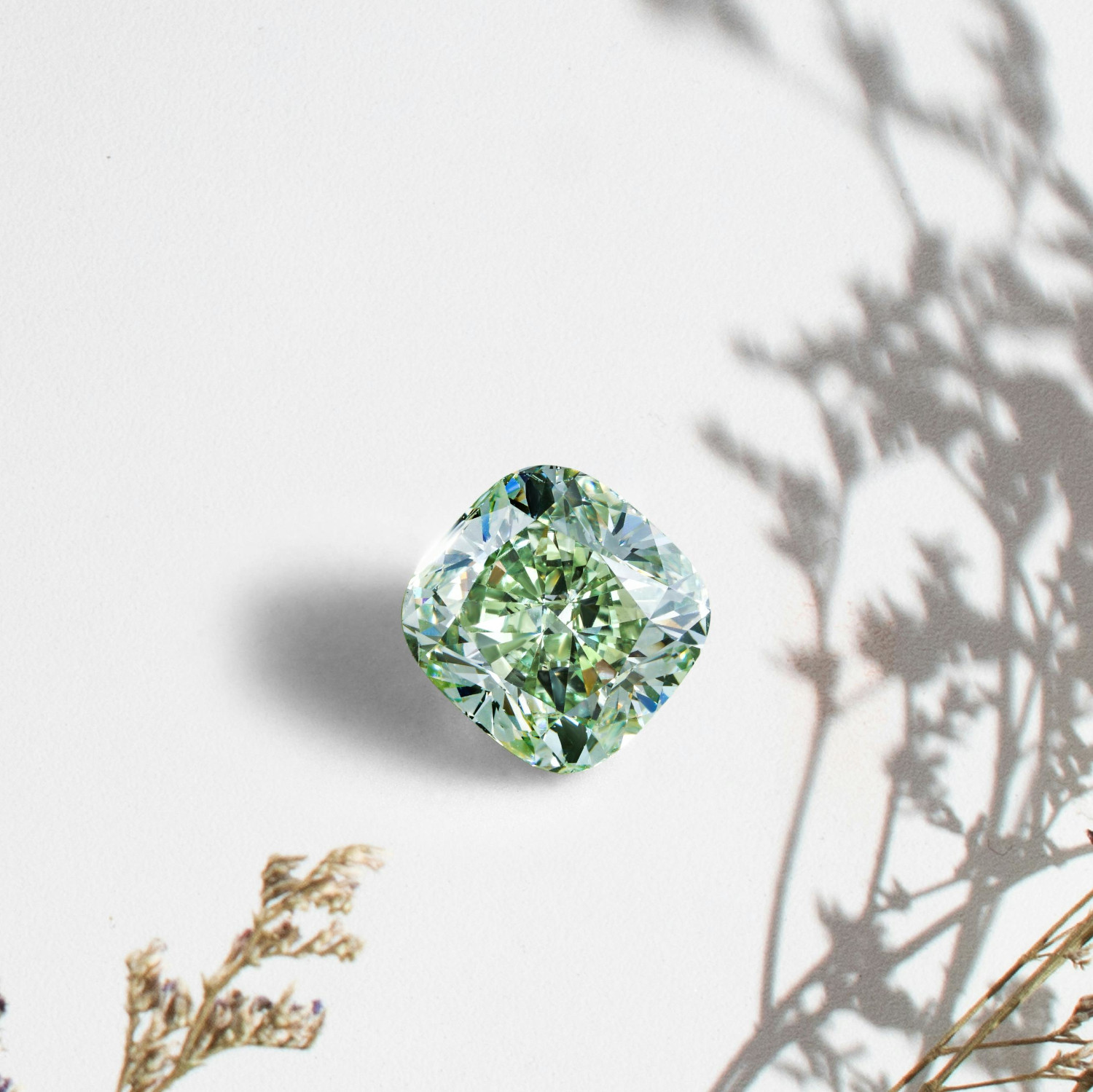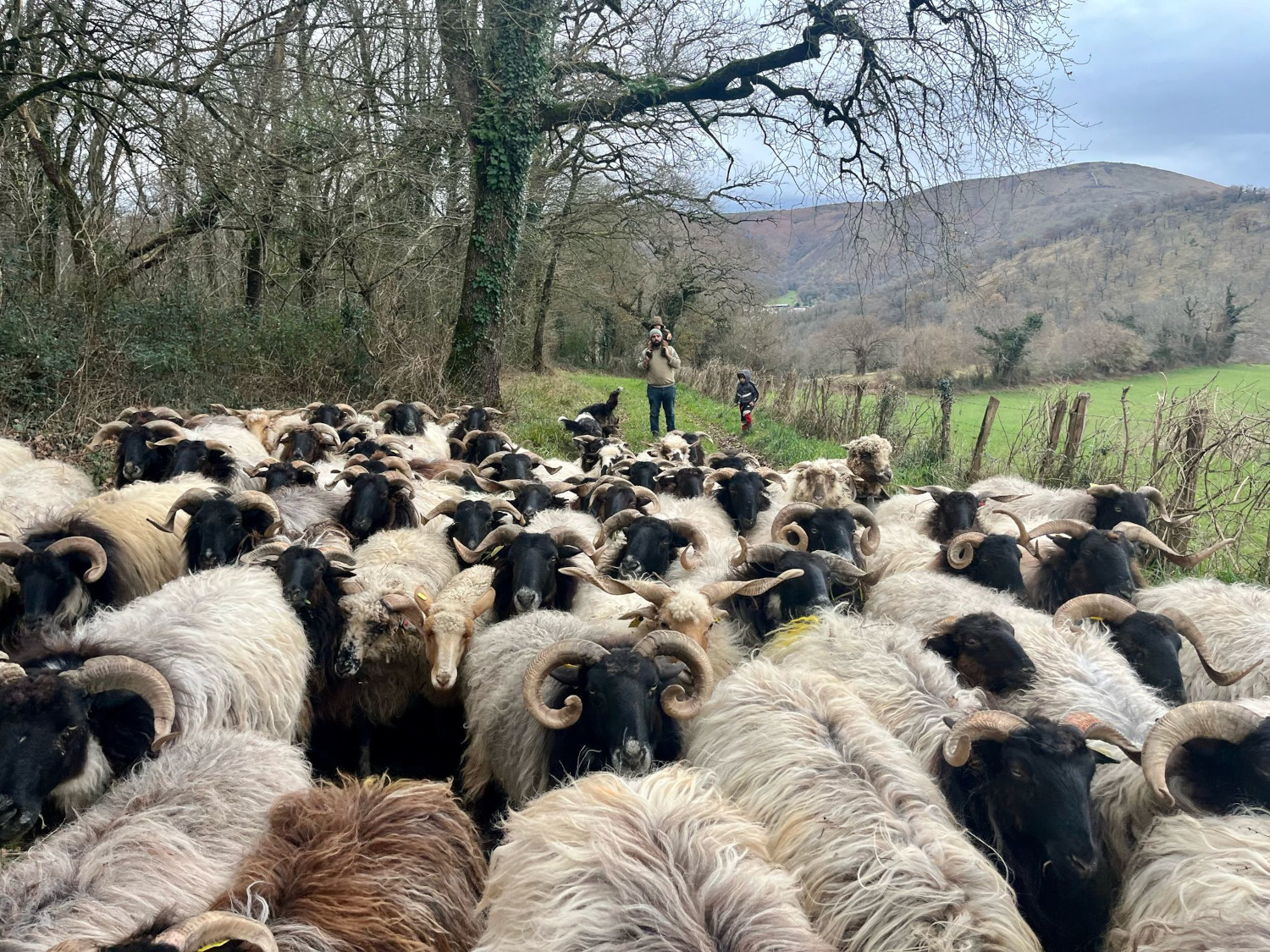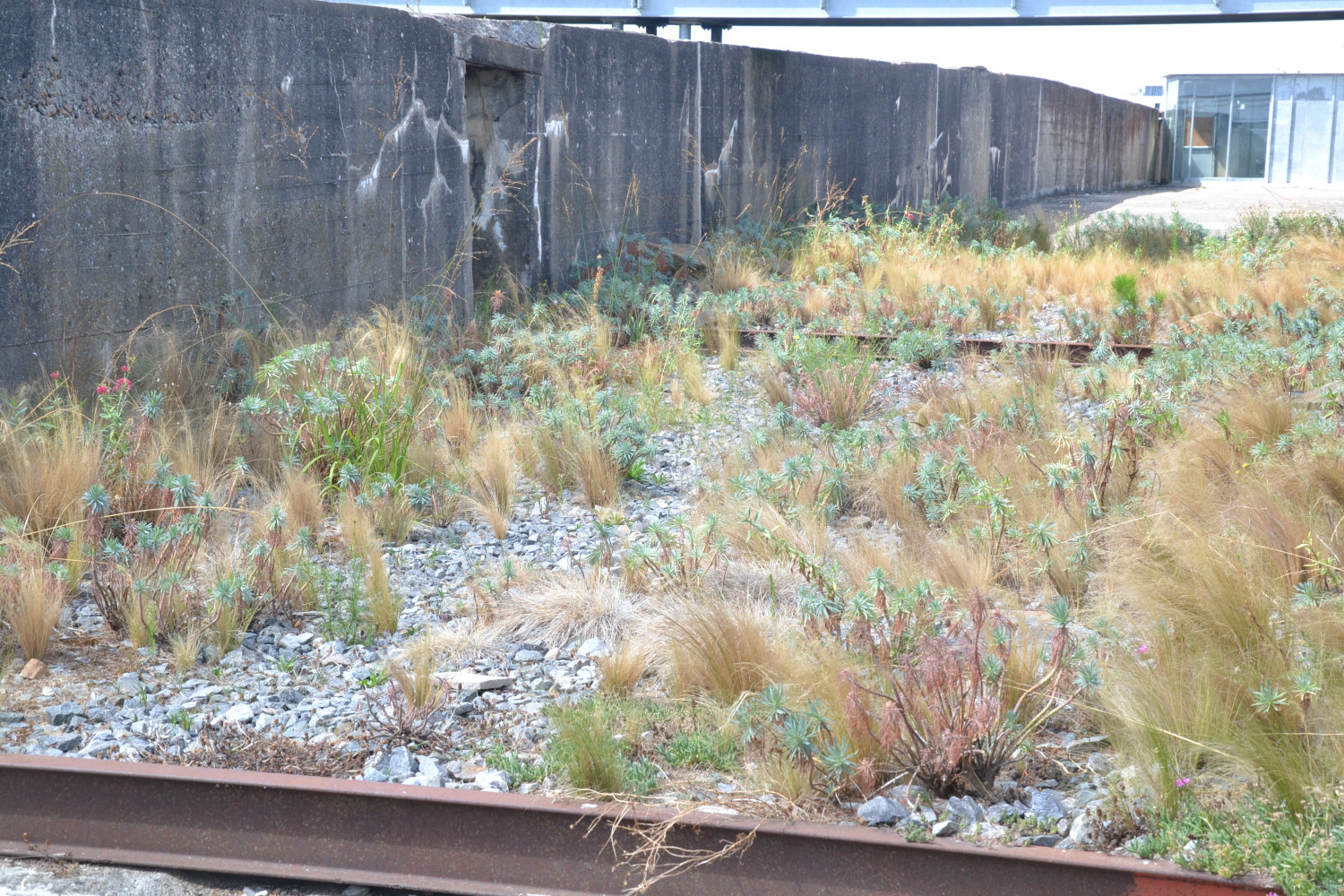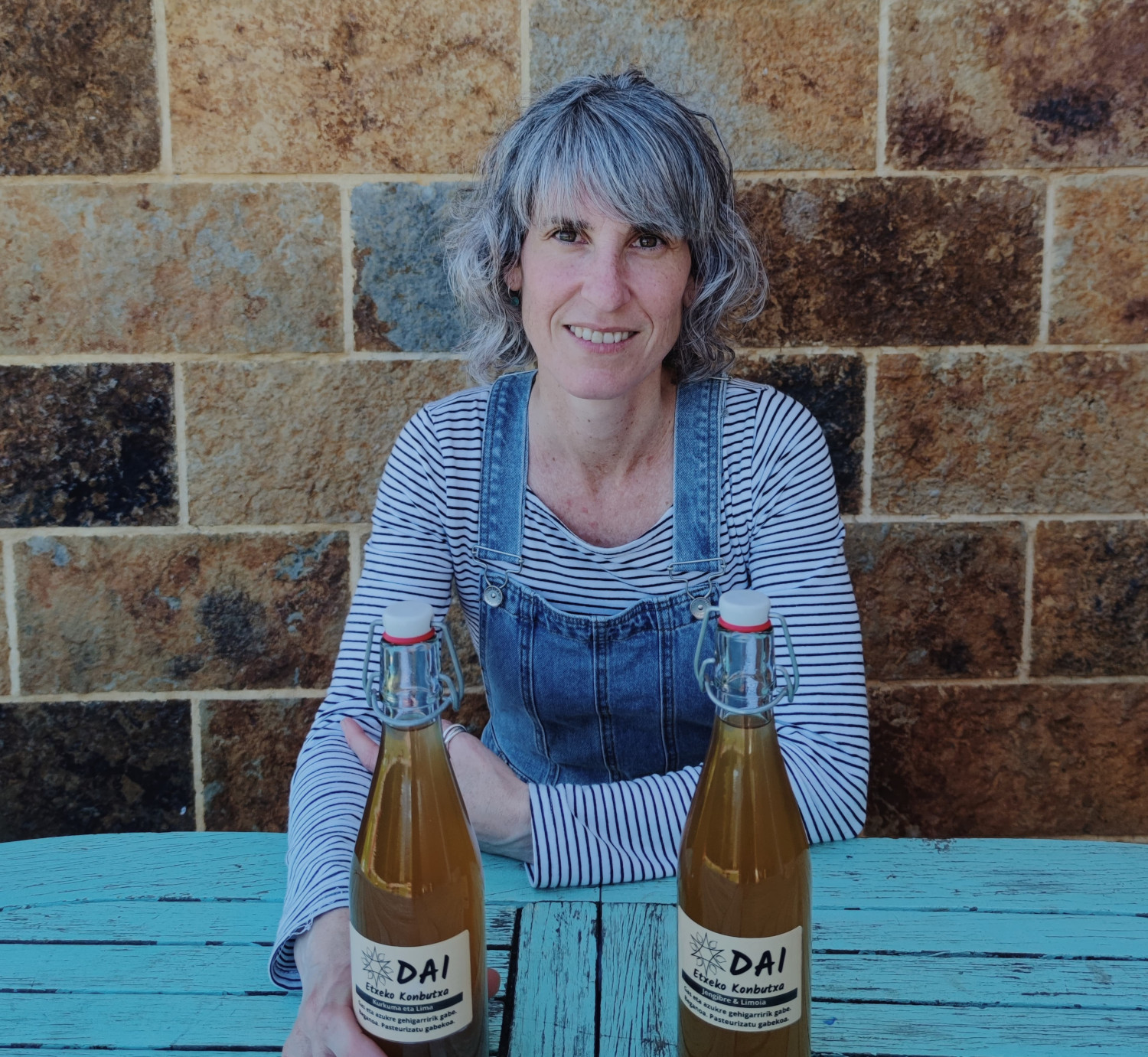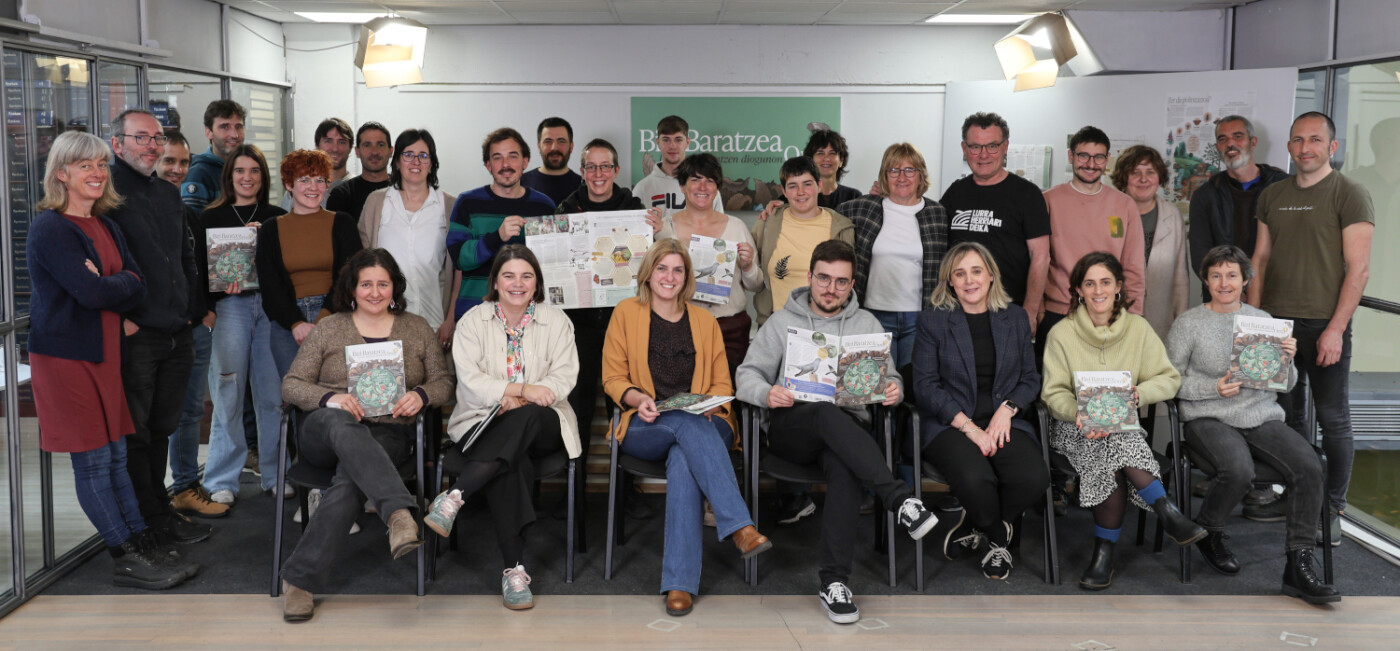Chicory and Osterzuri in yellow sauce
- Water is a good drink and healthy. Chicory can be eaten as it has been drunk. The food is said to be very good, complementary. He's also more Chicorian. References are old: Those of Aristophanes, Horacio, Pliny, etc., and apparently also cultivated them in ancient Egypt, as bitter herbs for raw salads, more or less a. C. It is quoted in the papyrus Ebers, one of the oldest medical writings of Ancient Egypt in 1500. In the genus Cicamarum, here we mainly use five kitchens.

We take chicory as a substitute or extra drink of coffee (Cicamarum intybus var). sativum), chipping, burning and grinding of its roots. The varieties of chicory are what we call “white endivia” (Cicamarum intybus var). sativum) and “red endivia” (Cicamarum intybus subsp. folliosum). It is also known as the “chicory of Brussels”, where it was discovered that unburned roots gave in the dark new white sprouts of leaves on the leaf and that, weakening the bitterness in its target, they are very tasty to eat. It is eaten in salad, usually raw. Chicory is also produced as a salad or as a green cooking vegetable, and in Navarra it is a precious winter vegetable. It also belongs to the species Cicamarum intybus.
They also belong to the genus of chicory the white oysters, the scarole. Here are two groups: the osterzuri curls (Cichorum endivia var). crispum) and smooth asparagus (Cicamarum endivia var). latifolia). Asparagus was formerly used for winter salads, as they are more resistant to cold than lettuce (Lactuca sativa). Today, lettuces and guests are available throughout the year in two groups.
I don’t know where the name “osterzuri” comes from. Perhaps because of the habit of eating as white as possible? Osterzuri is one of the vegetables that are bleached on the palate to create the finest bitter, with thistle (Cynara cardunculus), lettuce, celery (Apium graveolens var). sweet), along with the leek (Allium porrum), etc. To do this, the light is removed and the green is bleached.
Bitterness is good. This bitterness and the health of vegetables are associated in many cultures. They help digestion and are diuretics because of the minerals that small and guest people have, their benefits. The dandelion tooth (Taraxacum officinale), which some call “urine herb”, has a cousin. Purifying, diuretic. The French call it “pis en lit”, urinating in bed…








